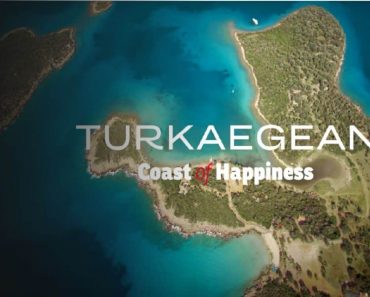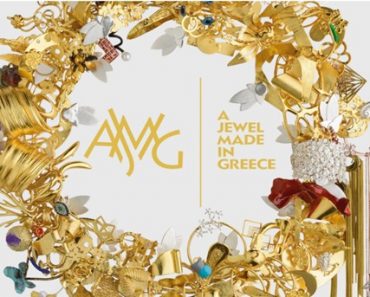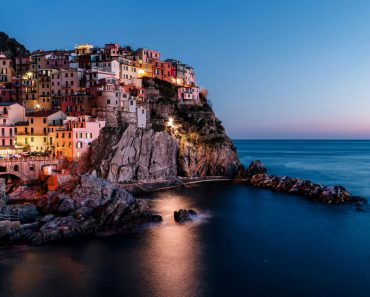Bans on the sale of clothing containing “forever chemicals” went into effect in New York and California on Jan. 1. Similar bans are scheduled to roll out in more states next year.
Also known as PFAS or perfluoroalkyl and polyfluoroalkyl substances, forever chemicals are used in clothing to repel water and prevent stains. A growing body of research has found that the chemicals persist in the environment for years after products are thrown away, and they have been linked to negative health outcomes.
“In terms of a public health issue, PFAS checks, unfortunately, all of the boxes,” said Anna Reade, lead PFAS scientist at the Natural Resources Defense Council. “The chemicals are super persistent, so what we’ve made decades ago is still in our environment now. As we continue to make more PFAS, we’re going to be dealing with that issue for decades to come.”
In an effort to limit the amount of PFAS entering the environment, lawmakers have passed bans on intentionally adding the chemicals to certain consumer products. The apparel bans in New York and California follow a successful effort to end their use in food packaging led by the Food and Drug Administration. California’s ban applies to additional textiles including bedding, upholstery, and towels. PFAS can also be found in cosmetics, nonstick cookware, and fire extinguishing foam .
Several apparel firms announced goals of eliminating PFAS from their supply chains in time for the January 1 deadlines.
They weren’t all successful. VF Corporation, which owns The North Face, Vans, Timberland, Dickies, JanSport, Smartwool and others originally planned to eliminate or restrict unwanted chemicals, including PFAS, by 2025. A spokesperson said the company now plans to hit this target by the end of March 2026. She added that 95% of VF products are manufactured without PFAS and the company plans to comply with local laws.
The parent companies of Abercrombie, American Eagle, Calvin Klein and Tommy Hilfiger didn’t respond to inquiries asking whether they had met their 2024 and 2025 phaseout targets.
Some brands have spent several years testing alternatives for the chemicals, and L.L. Bean, Columbia Sportswear , and Patagonia have all announced that new products are free of intentionally added PFAS. Solutions range from eliminating unnecessary applications to developing new water-repellent chemistries.
“We’d already done a lot of work on this before, which is why we were able to do what we did,” said Peter Bragdon , general counsel at Columbia Sportswear. He said the company eliminated PFAS from a large number of products manufactured for Spring 2024 and all products manufactured for Fall 2024.
Even companies that have managed to eliminate PFAS in new clothing are still stuck with older raincoats and ski jackets that are now illegal to sell in two of the largest markets in the U.S. The fashion industry produced an estimated $2.5 billion to $5 billion worth of excess inventory in 2023, according to a McKinsey report on the state of fashion. Some apparel makers may also be struggling to keep track of which items contain PFAS and which don’t.
L.L. Bean said it still plans to sell the “ limited amount of PFAS positive items ” in its inventory and Columbia’s Bragdon said the company will sell the “small amount” of older inventory in markets where it is legal to do so. Patagonia said it sent a small quantity of older inventory to its outlets.
Apparel makers emphasized that they don’t believe PFAS in clothing poses a threat to human health.
Industry executives said brands may have offered deeper-than-usual discounts on certain products during the holiday season to try to get rid of backstock containing PFAS. Others may try to segregate their inventory to avoid PFAS sales in regions with bans, though this could prove logistically difficult. Apparel makers interviewed for this article all said they planned to avoid selling clothing with PFAS in New York and California. Violators of the new laws may face fines.
Evidence of PFAS fire sales was scant in New York City on Dec. 31, the last day it was legal to sell clothing containing the chemicals in the state. While retailers REI and Paragon Sports were both offering postholiday discounts, markdowns on outerwear at both stores appeared to max out at 30%. A spokesperson for REI said it was on track to meet its goals of eliminating the chemicals in certain product categories by the end of 2024.
Matt Dwyer, head of product footprint at Patagonia, said eliminating PFAS was easier in some products than others. In the company’s popular Black Hole luggage collection, for example, the backpacks’ interior liner contained PFAS. The team could eliminate the chemical without adding a replacement.
For other products, the company had to find alternative fabrics that could repel water. About 10 years ago, Patagonia asked its mills to send samples of PFAS-free fabrics.
“Literally, they stood up like a sheet of paper and you could rip them in half with your hands,” Dwyer recalled.
Going forward, Patagonia products will contain 10-12 different chemistries for waterproofing, generally from families like silicones and polyurethanes, Dwyer said.
Even after a company tests and approves a new product, getting factories up to speed can take time. Dwyer said the company’s factory took an extra year to bring a PFAS-free version of a bestselling down jacket to market after testing and approval.
“The biggest barrier, probably, is the supply chain,” said Reade, the PFAS scientist at NRDC. “Supply chains are incredibly complex, not transparent, and messy.”
Write to H. Claire Brown at claire.brown@wsj.com







